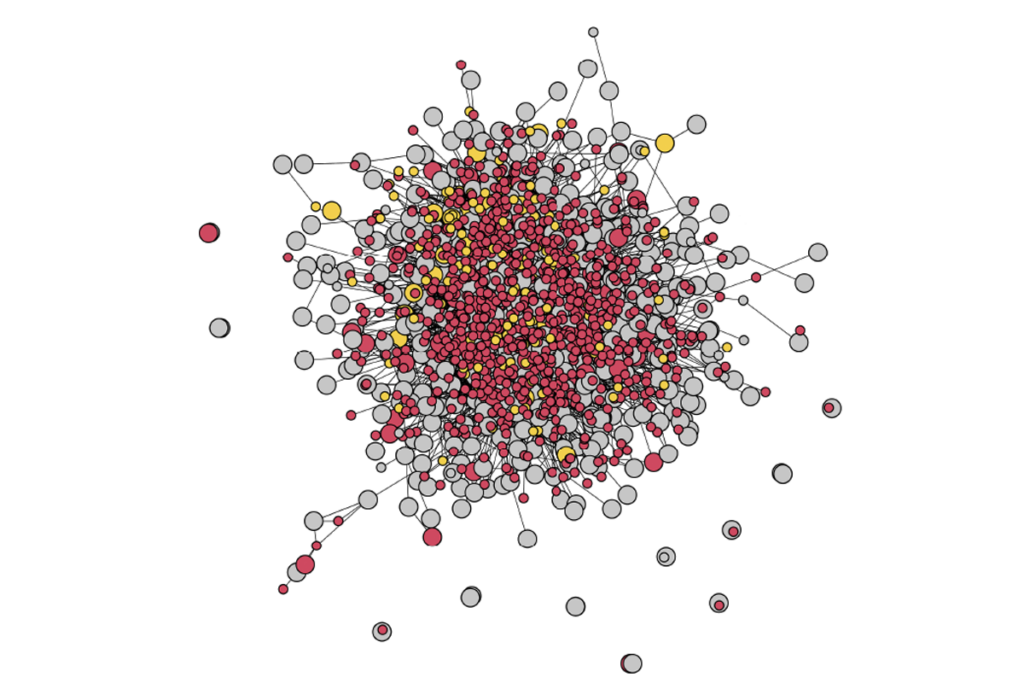Reproductive choice; controversial behavior; twice-exceptional struggle and more
A woman with autism had to fight for her sterilization surgery, a mother’s tactics with her son on the spectrum generate controversy, and gifted students with autism have unique struggles.
- Rose Hughes, a woman on the spectrum, spoke with The Guardian in a 3 March interview about her choice to be sterilized and the pushback she got from doctors, who told her she was “too young to decide.” Hughes argues that choosing to undergo the procedure, which she ultimately did, should be within the rights of everyone with a disability.
Hughes’ motivations for seeking the procedure were twofold. She felt she would not be a good mother but wanted to continue to have a healthy sex life. Hormonal birth control was not a good choice for her, she told The Guardian, because all of the versions she had tried caused violent outbursts and extreme behaviors.
- The mother of a boy with autism has stirred significant controversy with her narrative of physically forcing her deeply upset, terrified son into a “Sesame Street Live!” show. The horrified reactions of onlookers she describes in her 27 February essay in The Washington Post mirror much of the commentary about the piece on social media, including the comments section of the Post.
- For students designated as ‘twice exceptional’ — having a disability and also testing as gifted — the dual designation can end up limiting their choices. MPR News reported 2 March that these students often find their disability foregrounded in school, leaving their exceptional abilities overlooked. An absence of U.S. state and federal laws addressing the combination compounds the struggle.
- The drug guanfacine has cropped up as an off-label treatment for some features of autism, including anxiety. The drug is designated as a treatment for attention deficit hyperactivity disorder (ADHD). But findings published 27 February in Neuropsychopharmacology suggest that the drug eases some behaviors associated with autism that is accompanied by ADHD features. For anxiety, however, guanfacine works no better than a placebo.
- The development of intermediary cells called interneurons in part of the brain is similar in mice and people. The similarities crop up in the cerebral cortex, the brain’s outer layer, and include a role for the autism-linked protein MEF2C, researchers reported 5 March in Nature. The scientists note that understanding the genetics underlying the maturation of interneurons — which act as bridges between brain cells — may be key to understanding neurodevelopmental conditions.
- A Microsoft representative says that when the software company launched its 2015 initiative to hire employees on the spectrum, it received 800 resumes. Speaking at a neurodiversity conference in London, the executive also said that Microsoft’s autism hiring effort has yielded an 80 percent success rate, Campaign reported 1 March
- Editors from several major journal groups have issued recommendations for managing authorship transparency in published studies. Writing 27 February in the Proceedings of the National Academy of Sciences, the group suggests adopting common standards for including authors on papers. They also propose using ORCID identifiers, and specifying the responsibilities of corresponding authors.
An ORCID identifier is like a social security number for researchers. It is a unique series of characters that follows an investigator throughout her career, forming a chain of recognition across grants and journal publications.
- The goal of the International Human Epigenome Consortium is to map nongenetic modifications to our DNA that relate to human health. The project has completed its first phase, amassing piles of data on chemical tags on DNA, changes to DNA packaging proteins, and so on. Nature Methods editors called 28 February for continued momentum into the next phase, which will involve a deeper look at the data and how it can inform critical human health research. But the path ahead looks a little bumpy.
Legal hurdles in some countries may make accessing raw data difficult, the editors say. Project members will need to resolve how to protect private data while making important information available for researchers.
One possible solution is offering two tiers of data for researchers to access. Investigators can use data from one tier or the other, depending on which level is appropriate for their specific regulatory situation.
- The hippocampus, the seat of memory in the brain, may underlie many features of autism. Although some evidence indicates that neurons in this region renew even into adulthood, findings published 7 March in Nature suggest otherwise. The researchers found that in macaques and people, neurons divide in the hippocampus in childhood, but that this process essentially stops by adulthood.
Some experts expressed deep skepticism about the findings, STAT reported 7 March. They say the researchers simply didn’t look carefully enough and that their approach wouldn’t allow detection of new neuron formation in adults. For example, the experts told STAT, some molecules the investigators used to confirm new neuronal growth don’t work as well in adult brains.
- Matchmaker, matchmaker, make me a match. Or, in a pinch, the U.S. National Institutes of Health can do it. The agency, along with Inova Health System, is initiating The Genomic Ascertainment Cohort, a pilot project that operates as a matchmaking program between researchers and people who carry gene variants of interest. Researchers can identify a genotype in major databases and request further contact with the person who has it, for more information.
- Do you have a new paper coming out? Are you making a career move? Did you see a study or news story that you want to share? Send your news tips to [email protected].
Recommended reading

Sequencing study spotlights tight web of genes tied to autism

Targeting NMDA receptor subunit reverses fragile X traits in mice

Maternal infection’s link to autism may be a mirage
Explore more from The Transmitter

Single-neuron recordings are helping to unravel complexities of human cognition
